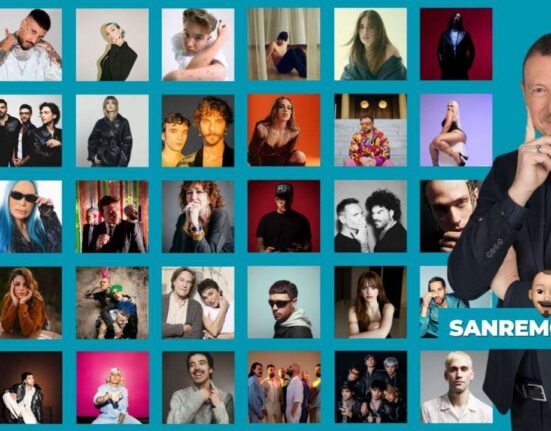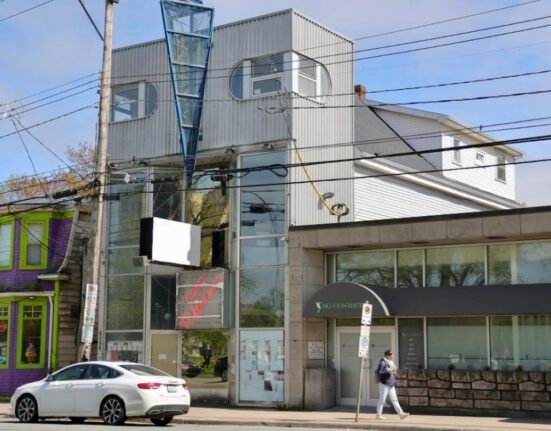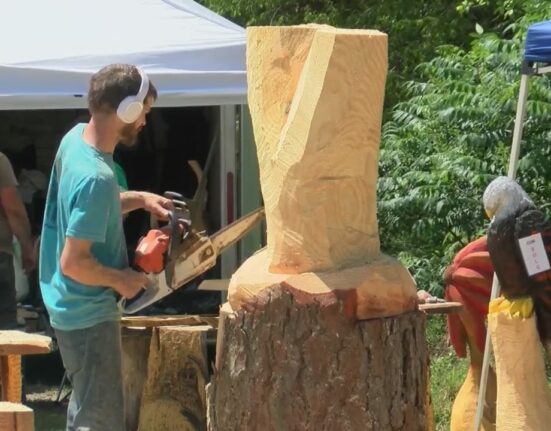Tied by themes of indigenous identity, historical trauma and reverence towards tradition, the Blanton Museum of Art’s newest exhibition, “Native America: In Translation,” features over 60 works of nine contemporary native artists who capture their stories through a different lens — a camera lens.
The exhibition, open until Jan. 5, 2025, draws upon the Fall 2020 edition of Aperture magazine — a nonprofit publisher based in New York that leads conversations around photography worldwide. Curator Wendy Red Star and Hannah Klemm, curator of modern and contemporary art, oversaw the installment of the gallery at the Blanton.
“(The exhibition) celebrates Indigenous artists and Indigenous ways of thinking across a wide and diverse spectrum of cultural backgrounds and frameworks,” Klemm said.
Red Star, an Oregon-based artist raised on the Apsáalooke (Crow) reservation, selected the artists that she felt represented Indigenous voices with a multi-generational impact.
“I was thinking about young Native artists and what would be inspirational and important for them,” Red Star said in a press release. “The people included here have all played an important part in … opening up space in the art world for new ways of seeing and thinking.”
Structured to allow for an in-depth look at each individual artist’s collection, the exhibition features traditional photographic work while also challenging traditional boundaries of the medium.
“(The exhibition) is an expanded idea of what photography is, and that’s one of the things that’s really interesting about it,” Klemm said.
Some of the exhibit’s featured artists, such as Martine Gutierrez and Koyoltzintli, create with traditional photography. Others, such as Rebecca Belmore, who uses photography to recreate her past performance art pieces, and Kimowan Metchewais, who identified as a sculptor instead of a photographer, manipulate photography to supplement other mediums.
Klemm said she considers the work of Guadalupe Maravilla, an El Salvadorian-American with indigenous blood from Central America, as the most loosely associated with photography. His work consists of sculptured “retablos” — traditional Catholic devotional paintings — representing different experiences throughout his life.
“All of (Maravilla’s) practices are also deeply embedded with (Red Star’s) thinking about this indigenous worldview,” Klemm said.
Klemm said that how land, language and sharing can heal trauma associated with painful histories connects different artists’ work, such as Koyoltzintli and Maravilla, who both consider themselves not only visual artists but healers.
“All of my work is a Trojan horse (for talking) about healing because healing is truly an experience,” Maravilla said.
Maravilla said his personal journey of healing involved retracing his steps back to his home of El Salvador, where he escaped war as an unaccompanied minor in 1994. He used materials and collaborated with other artists from his ancestral home to open the healing conversation with others through his work.
“These are very difficult topics, but it’s really important for me to shed light (on them), no matter how difficult it is,” Maravilla said.
Klemm said that Curator Red Star put an incredible amount of thought into the curation of the project.
“The themes that (Red Star) was centering the show on our land, memory and language (while) thinking about recognition and sovereignty, but in ways that really contemplate native existences past, present and future,” Klemm said.







